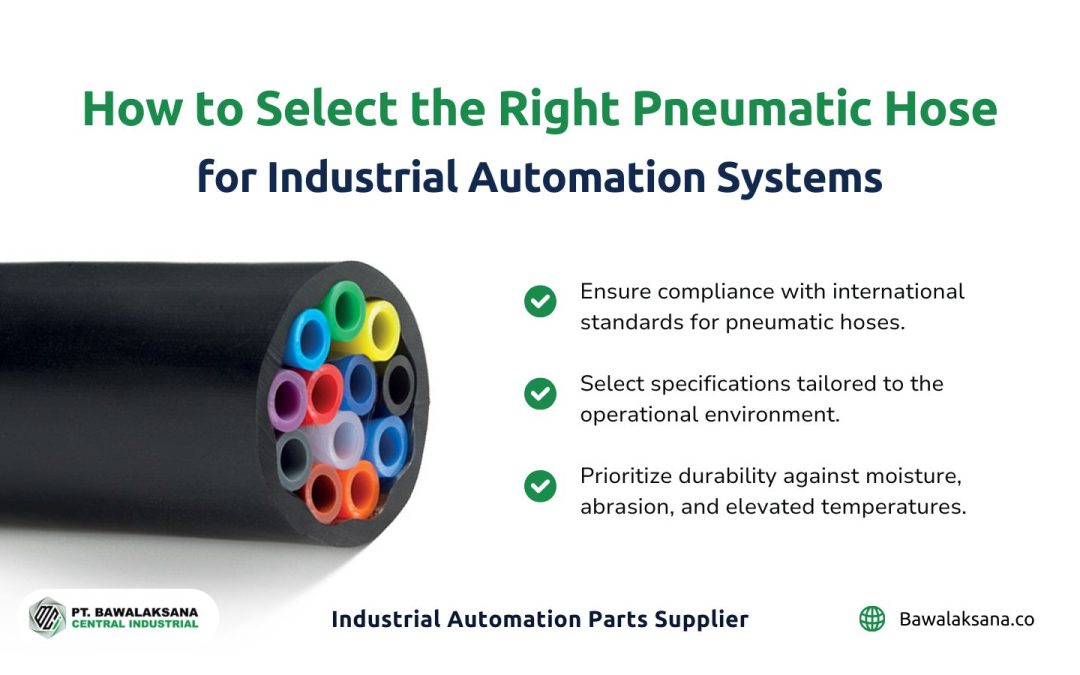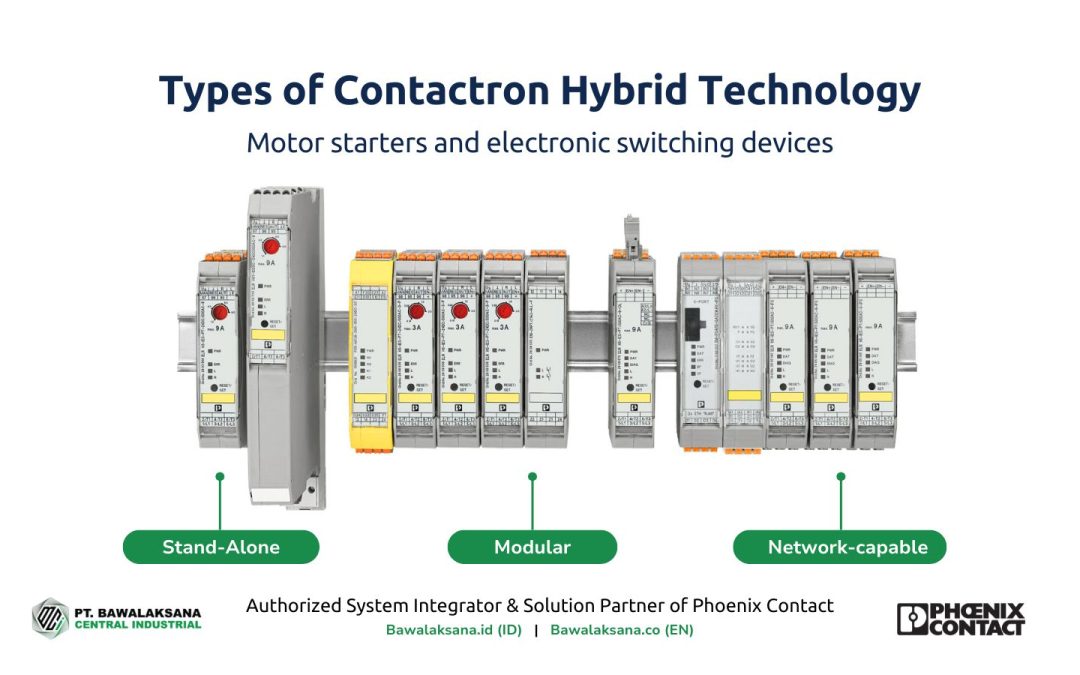The necessity of clean and dry air in pneumatic systems and devices is a question frequently encountered by industry professionals, particularly those operating within the food processing, air cooling, and air filtration sectors.
Ensuring the presence of clean and dry air in Pneumatic Systems is imperative for several reasons, including:
- Enhancing air quality and optimizing the efficiency of pneumatic tools and equipment.
- Preventing corrosion in critical components such as pneumatic cylinders, solenoids, and valves.
- Safeguarding pneumatic hoses from issues related to shrinking or cracking, as moisture can alter the dimensions of hygroscopic materials.
- Preserving the final product’s cleanliness and quality ensures it remains contaminant-free.
- Avoiding system failures or pressure drops due to moisture buildup and blockages within air channels.
Humidity presents significant challenges to pneumatic systems’ efficiency and performance. Consequently, maintaining clean and dry air is essential for smooth and uninterrupted operation.
This article will explore the detrimental effects of moisture on pneumatic components and underscore the advantages of maintaining clean and dry air in all pneumatic devices.

The Negative Impact of Air Moisture on Pneumatic Systems
In our previous article on removing water in pneumatic systems, we detailed how water accumulation can lead to significant damage and corrosion, particularly in dynamic components such as pneumatic valves, cylinders, air tools, and assorted equipment.
The following outlines additional detrimental effects associated with excess moisture in pneumatic systems:
Loss of Lubrication (Lubricator Failure)
Moisture infiltrating the system functions as a “washing agent,” stripping essential lubrication from pneumatic equipment. This phenomenon accelerates the wear and corrosion of pneumatic components. Concurrently, water traverses the pneumatic system, adhering to compressed air flow.
As it circulates, moisture effectively removes lubrication from critical components, including valves, cylinders, and air tools. These components are reliant on adequate lubrication for optimal performance and efficiency. Eliminating this protective lubrication renders pneumatic devices increasingly vulnerable to damage, rust, and operational failures.
Causes of Blockages
Moist air can hinder the optimal functioning of air filters or FRL (Filter, Regulator, Lubricator) units, rendering them susceptible to clogging and contamination.
Furthermore, obstructions within air passages contribute to pressure drops, resulting in diminished performance of pneumatic devices. If this matter remains unaddressed, it may escalate into a variety of additional issues, including:
- Pneumatic cylinders, valves, or air tools become immobile or corroded.
- Pneumatic hoses and fittings experience premature cracking due to excessive pressure buildup from blocked air passages.
- An increase in the frequency of repairs and replacements for components such as pneumatic cylinders and valves.
- A decline in productivity is attributed to recurrent system failures and the consequent maintenance requirements.
- The quality of final products deteriorates, and they may become contaminated, develop mold, or harbor bacteria.
Impact on Overall System Performance
Water is an incompressible liquid, which can lead to a phenomenon known as hydro lock. This occurrence is well-known within the automotive industry, particularly when water enters the combustion chamber.
Water cannot compress and obstruct the full extension of the piston, resulting in bent piston rods or even a cracked engine crankcase. This illustrates the inherent risks associated with water infiltration into compressed air systems, which, in this case, are pneumatic.
Moisture present within pneumatic lines can lead to several issues, including:
- Increased resistance within compressed air channels and restricted movement of pneumatic cylinders.
- Hydrolock in pneumatic cylinders, which may result in significant damage.
- Corrosion or rust formation on metal components.
- When ambient temperatures decrease to 0°C, residual water within the hoses may freeze, obstructing airflow.
These complications represent merely a subset of the challenges posed by moisture in pneumatic systems and equipment. The timely removal and prevention of moisture are paramount for safeguarding downstream pneumatic components.
Therefore, implementing appropriate preventive measures can alleviate the strain on air dryers and other pneumatic components, promoting a more efficient and reliable system.
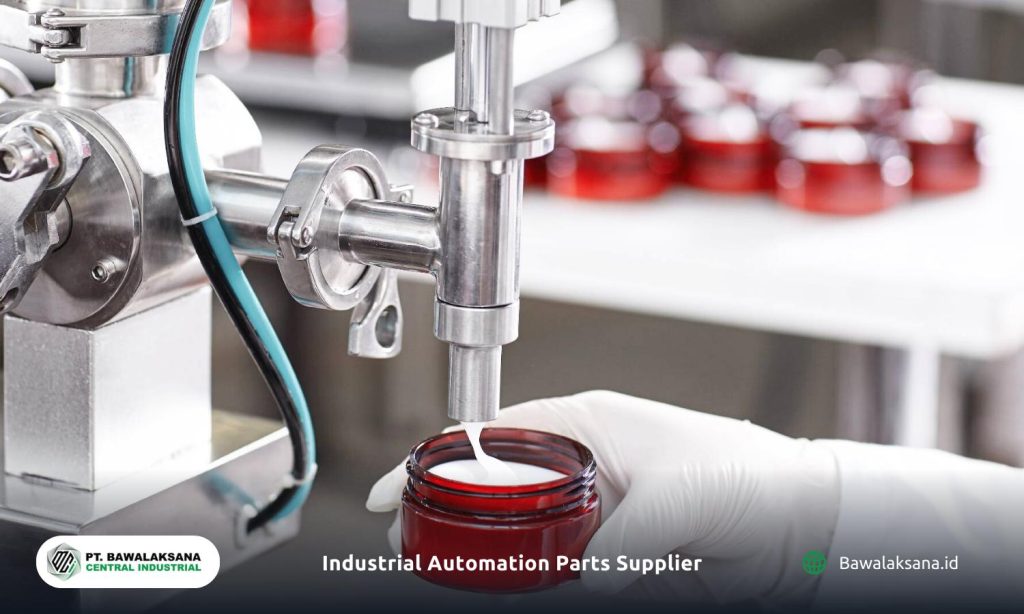
Benefits of Clean and Dry Compressed Air
The maintenance of clean and dry compressed air offers numerous advantages that are critical for operational effectiveness. This practice extends the service life of pneumatic devices, enhances overall efficiency, and ensures the production of high-quality, hygienic products.
The key benefits associated with the maintenance of clean and dry compressed air are outlined as follows:
Extension of Equipment Lifespan
Maintaining clean and dry air significantly improves the durability and performance of pneumatic components. Specifically, pneumatic hoses exhibit prolonged longevity, reduced susceptibility to cracking, and protection for metal-based equipment against rust and corrosion.
Reduction of Maintenance Costs
Ensuring the quality of compressed air decreases maintenance expenses and increases production uptime. Clean air effectively prevents blockages within FRL units, valves, and pneumatic cylinders, allowing essential system components to operate optimally and minimizing the frequency of malfunctions.
Maintaining Product Quality
Clean and dry air is paramount to ensure hygienic and high-quality production, particularly within the food processing sector and other critical industries.
Several industries necessitate that the pneumatic system air remains clean and free from contaminants:
- Food and Beverage Industry: Clean, contaminant-free air is critical to inhibit viruses, mold, or bacteria and adhere to stringent hygiene standards.
- Pharmaceutical and Cosmetic Industry: The demand for high cleanliness standards ensures the safety and integrity of medicinal and cosmetic products, safeguarding consumer health.
- Electronics and Semiconductor Manufacturing: Even the most minute dust particles can jeopardize sensitive electronic components and disrupt the fabrication of semiconductors at micro- and nanometer scales.
- Packaging Industry: Clean and dry air is vital to uphold product quality throughout the packaging and sealing processes.
- Automotive Industry: Clean air is essential during car body painting and assembly procedures to achieve a flawless finish and precision in manufacturing.
Optimal Device Performance
Maintaining clean and dry compressed air presents a significant advantage in enhancing device performance. All pneumatic components, including Filter-Regulator-Lubricator (FRL) units, valves, air tools, hoses, and cylinders, can function at their maximum capacity. This practice also mitigates the risk of unexpected failures that could impede production operations on the factory floor.
Maintaining clean and dry air prevents blockages, damage, and other operational challenges within pneumatic systems and components.
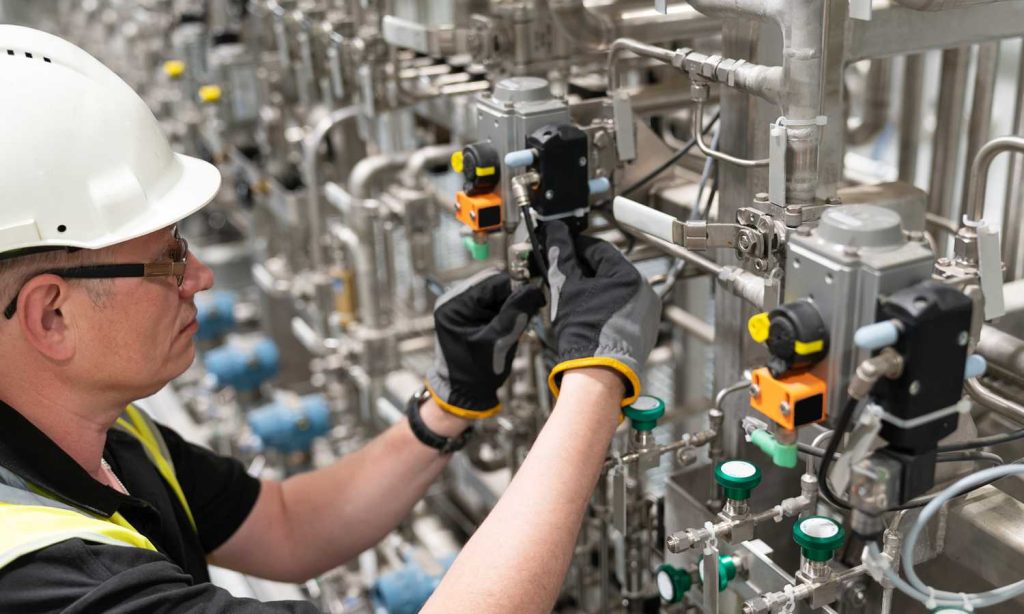
Strategies for Maintaining Dry Compressed Air
Moisture accumulation and elevated humidity levels pose significant challenges in pneumatic systems and equipment. However, several methodologies are available to ensure that compressed air remains dry within these systems.
The following strategies are effective in sustaining dry air:
- Regularly draining water from the air storage tank.
- Manually extracting moisture from the Filter, Regulator, and Lubricator (FRL) unit.
- Installing drain valves in locations susceptible to water accumulation.
- Utilizing a water separator to remove moisture from the air supply.
- Implementing an air dryer as a critical component.
For a more comprehensive understanding, please refer to our detailed article, How to Properly Drain Air from Pneumatic Systems and Understand Its Importance.
Need assistance? Consult our expert team.
Should you encounter significant issues associated with air moisture and water accumulation in pneumatic equipment or have not yet identified a practical solution, we encourage you to consult our engineering team.
Our experts can provide tailored recommendations for resolving moisture-related challenges in compressed air lines and pneumatic devices.
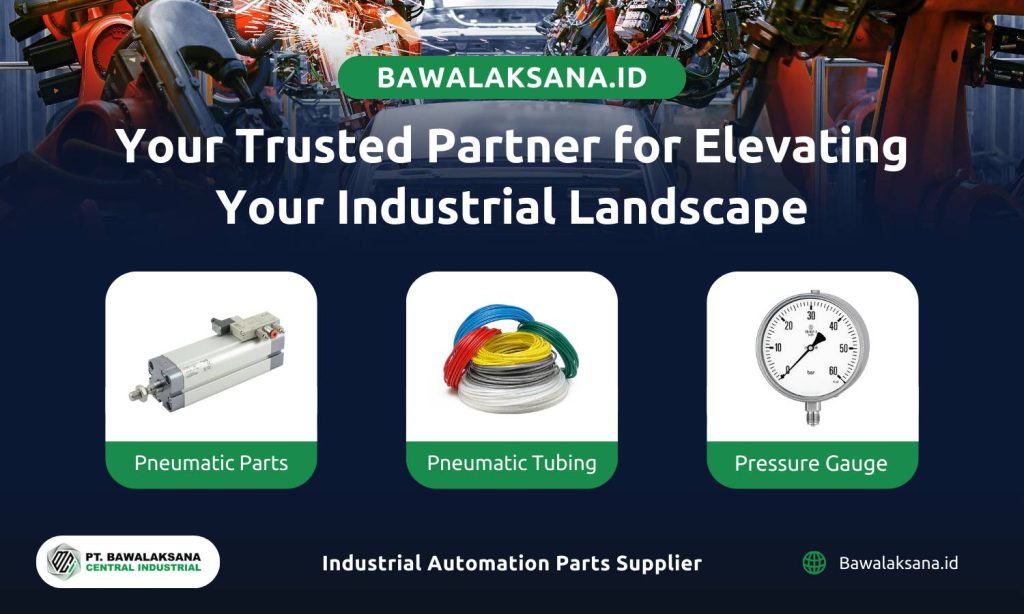
Your Reliable Partner for Industrial Automation Solutions
PT. Bawalaksana Central Industrial is an authorized distributor for Metal Work Pneumatic (specializes in pneumatic components), Mebra Plastik Italia (high-quality pneumatic and industrial tubing manufacturer), and Instruments To Industry (ITI), which offers durable pressure gauges.
As a reputable supplier of industrial equipment, our organization is ready to support your maintenance and repair needs. We provide comprehensive, high-quality solutions for various industrial automation and manufacturing spare parts.
With over seven years of experience and a team of professional engineers, we are dedicated to delivering optimal solutions that facilitate your company’s transition to Industry 4.0.
Consult Our Experts Today
Engage with our professional team to identify the most effective solutions and implement advanced pneumatic automation systems that enhance your company’s productivity.
Please click the consultation button below to advance your business profitability to the next level.

Romanta Pinrih Linuwih
Pneumatic Automation Systems Expert
This article was written in collaboration with Romanta Pinrih Linuwih, an expert in Pneumatic Automation Systems, to ensure accuracy and high quality insights.

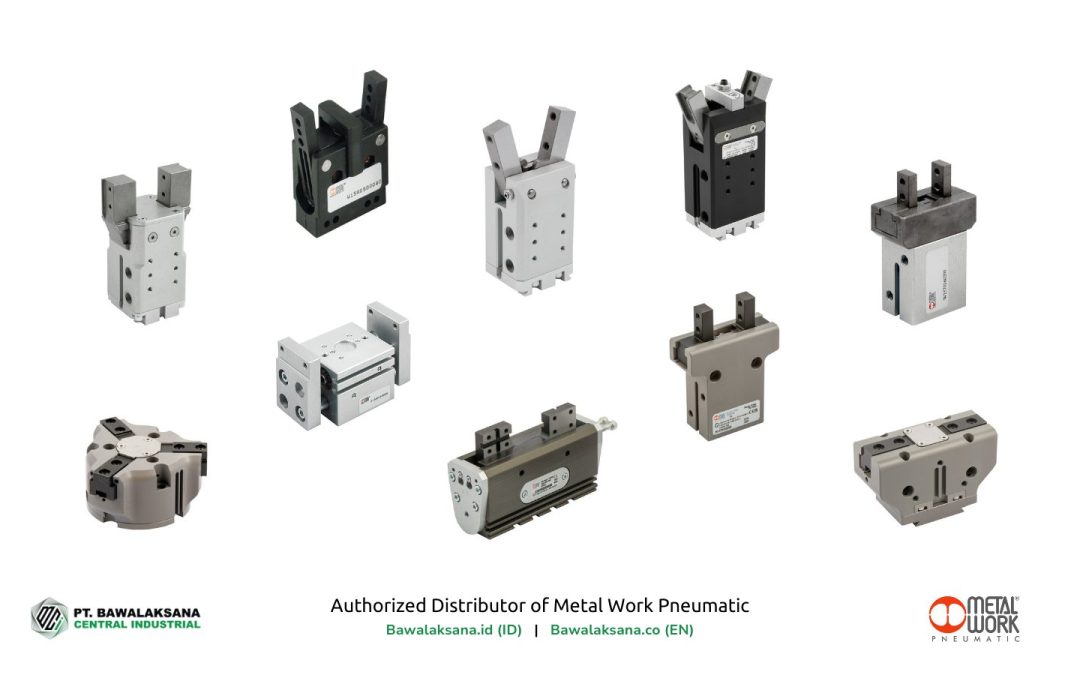
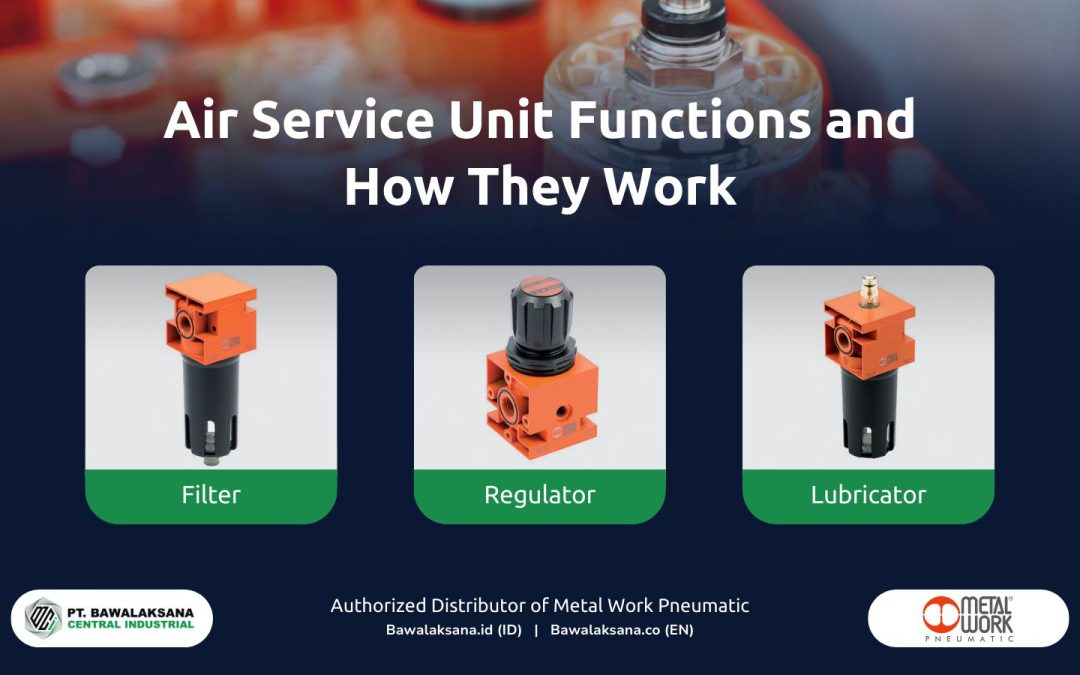
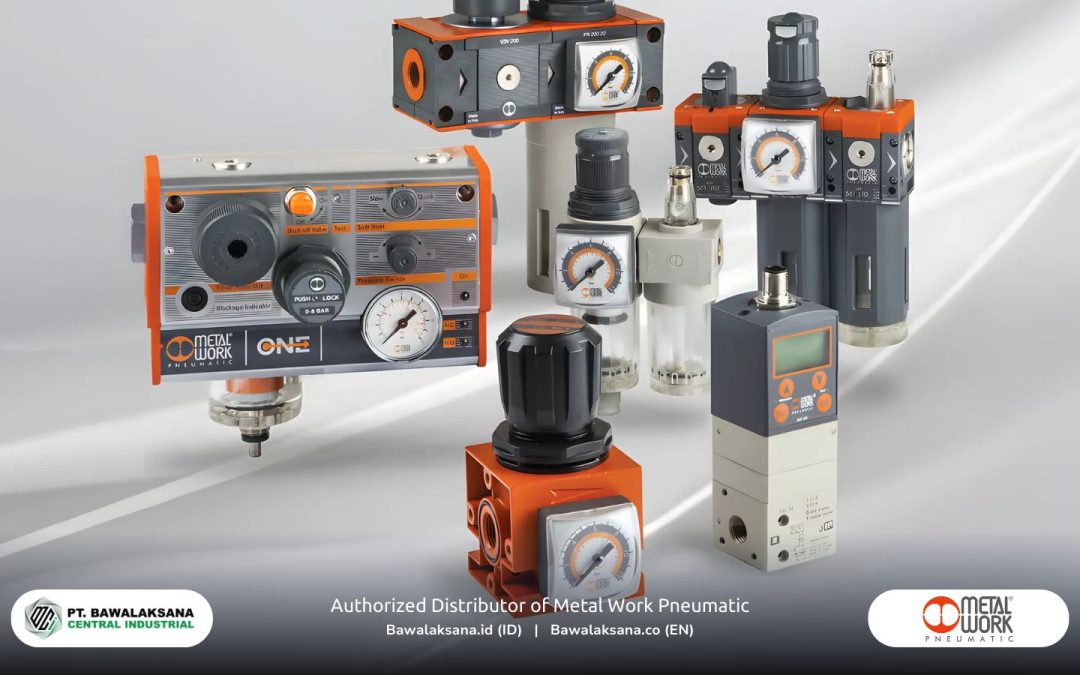

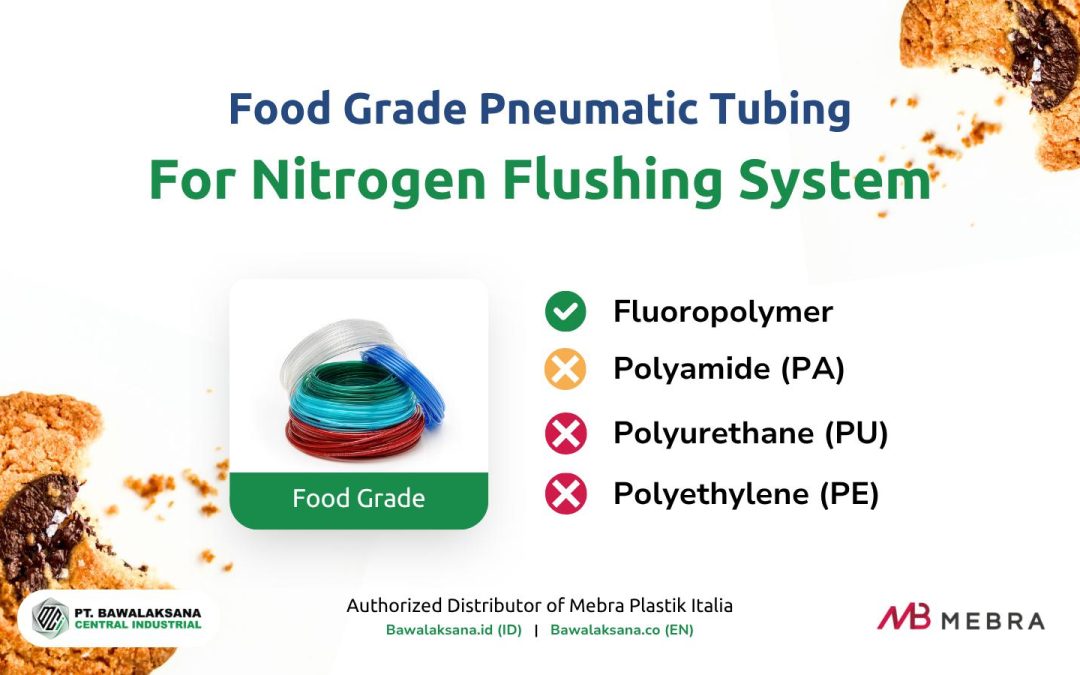
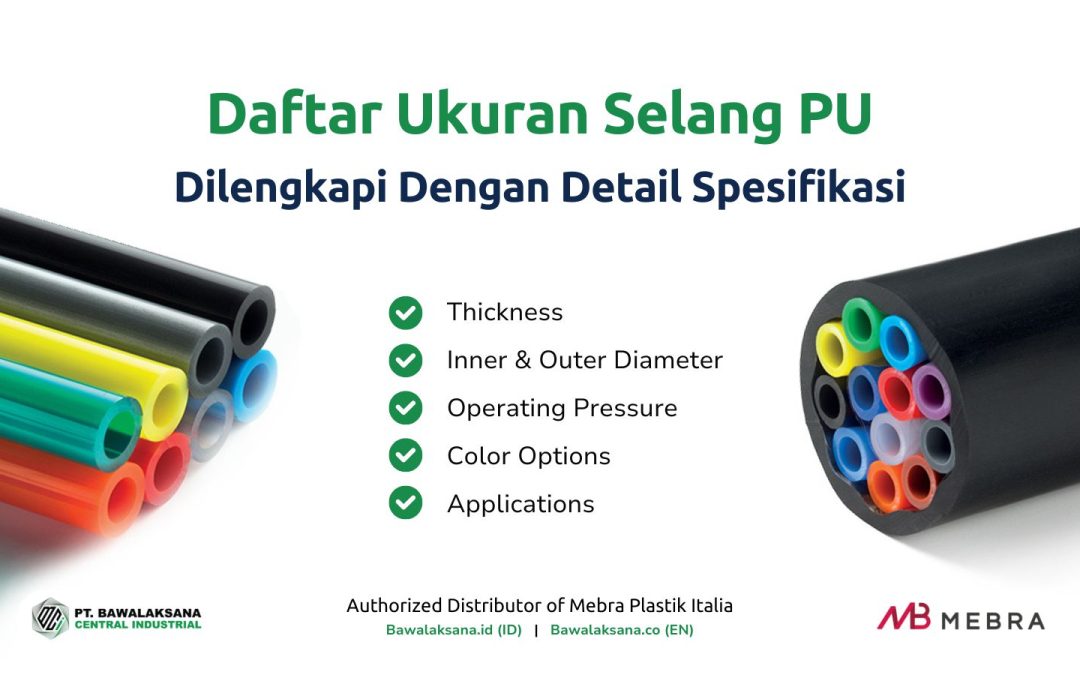
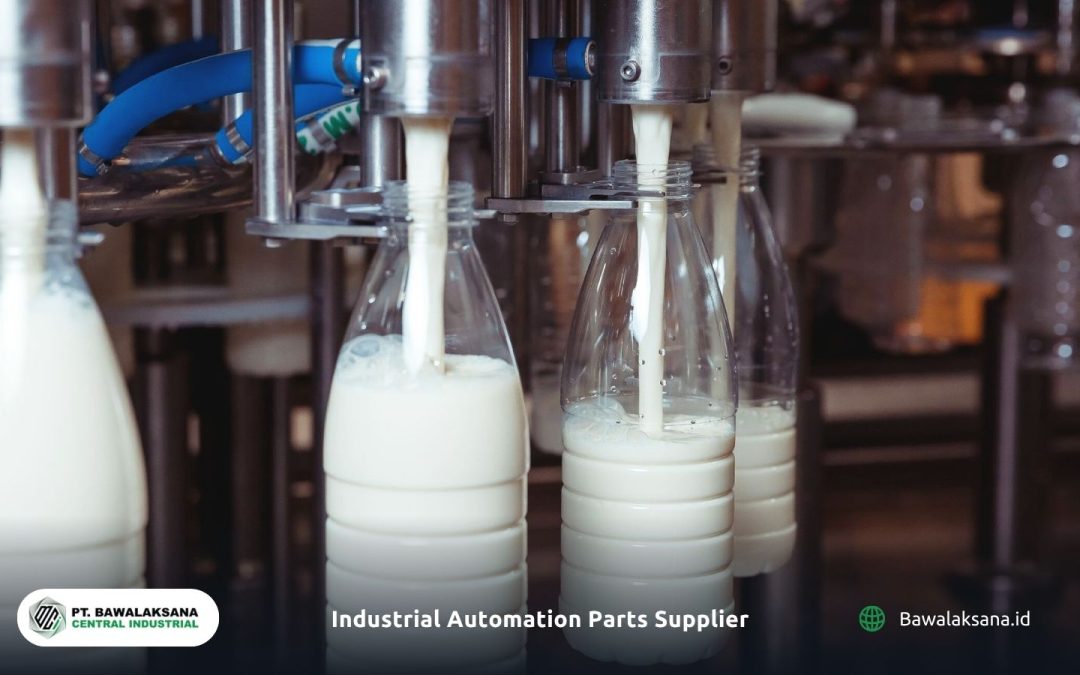
![10+ Examples of Pneumatic Tools in Daily Life and Industry [2025]](https://bawalaksana.co/wp-content/uploads/2025/05/Sandblasting-large-diameter-pipes-to-remove-surface-contaminants-1080x675.jpg)
